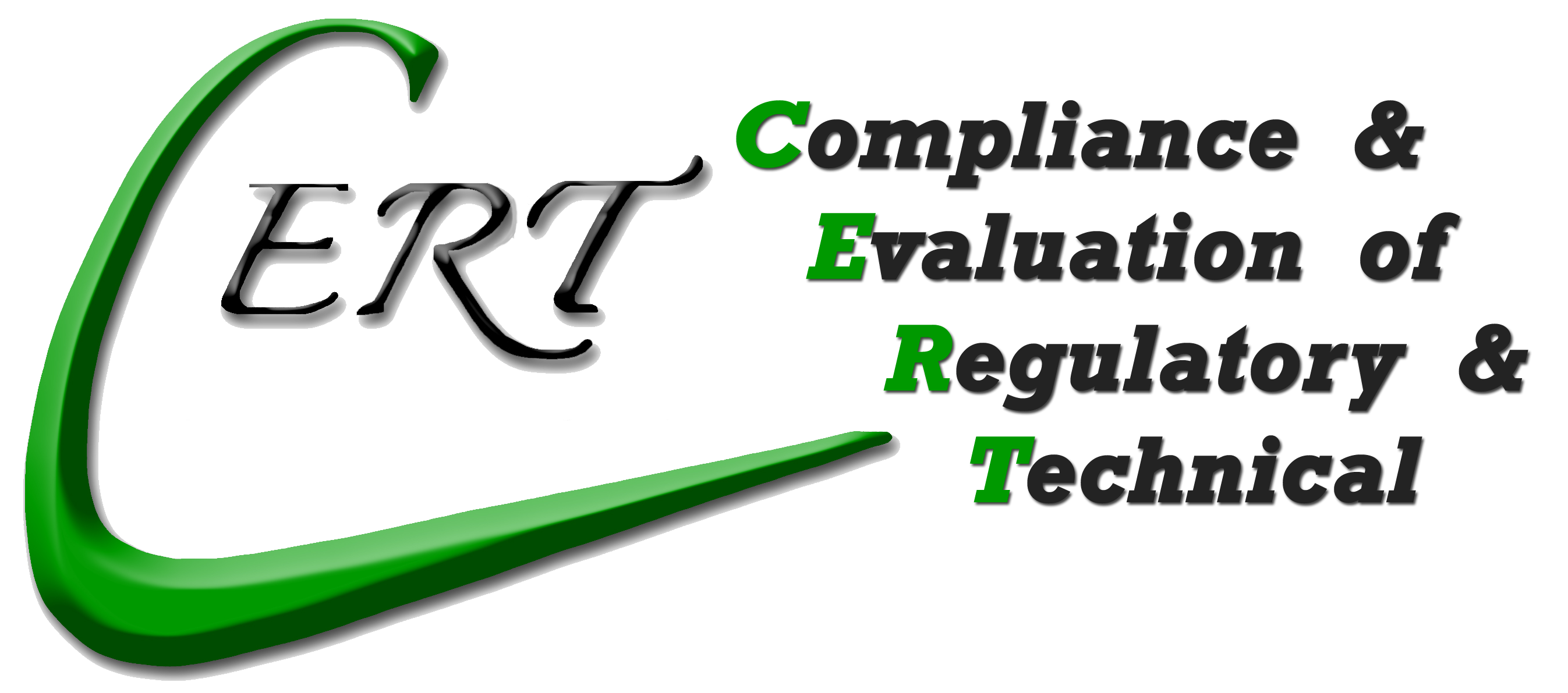The European Commission has revised Annex II of REACH, setting new requirements for the preparation of Safety Data Sheets (SDS).
This update brings Annex II into alignment with the 6th and 7th revisions of the Globally Harmonised System (GHS), introducing several changes to SDS content and structure. The latest amendment was published in the Official Journal on 26 June 2020 (Regulation (EU) 2020/878).
Changes by SDS Section
New requirements
Section 1.1 Product identifier
If an SDS concerns one or more nanomaterials (or materials including them), state this using the term ‘nanoform’. For certain hazardous mixtures not packaged or supplied in bulk for industrial use, the Unique Formula Identifier (UFI) must now be provided, as part of the poison centre notification process. Include the UFI under Other Means of Identification in Section 1.1.
Section 2.3 Other hazards
It is mandatory to declare in Section 2.3 if the substance or any mixture constituent has endocrine-disrupting properties as per Regulation (EU) 2017/2100 or 2018/605, at concentrations ≥0.1% w/w. State each such constituent if present at or above threshold, referencing recognised evaluation lists and methods.
Section 3.1 Substances
For pure substances, report specific concentration limits, multiplying factors, and acute toxicity estimates. If a nanoform is registered or covered by an SDS, describe its particle characteristics as required by Annex VI.
Section 3.2 Mixtures
For hazardous mixtures, update the reporting of hazard classes and concentration thresholds requiring listing. Thresholds for inclusion are reduced: aspiration hazard from 10% to 1%, respiratory/skin sensitisers category 1A from 0.1% to 0.01%. Explicitly mention endocrine disruptors at >0.1%. For each relevant substance, specify SCLs, M-factors, and ATEs if determined. For nanoform mixture components, provide required characterisation.
Hazard class and category | Concentration (%) for declaration |
Acute toxicity, category 1, 2, 3 | ≥ 0.1 |
Acute toxicity, category 4 | ≥ 1 |
Skin corrosion/irritation, category 1, 1A, 1B, 1C, 2 | ≥ 1 |
Serious eye damage/eye irritation, cat. 1, 2 | ≥ 1 |
Respiratory sensitiser cat. 1 or 1B | ≥ 0.1 |
Respiratory sensitiser cat. 1A | ≥ 0.01 |
Skin sensitiser cat. 1 or 1B | ≥ 0.1 |
Skin sensitiser cat. 1A | ≥ 0.01 |
Germ cell mutagenicity cat. 1A, 1B | ≥ 0.1 |
Germ cell mutagenicity cat. 2 | ≥ 1 |
Carcinogenicity cat. 1A, 1B, 2 | ≥ 0.1 |
Reproductive toxicity cat. 1A, 1B, 2, lactation | ≥ 0.1 |
STOT single/repeated exposure cat. 1, 2, 3 | ≥ 1 |
Aspiration toxicity | ≥ 1 |
Aquatic tox. (acute 1; chronic 1) | ≥ 0.1 |
Aquatic tox. chronic 2, 3, 4 | ≥ 1 |
Ozone layer hazard | ≥ 0.1 |


